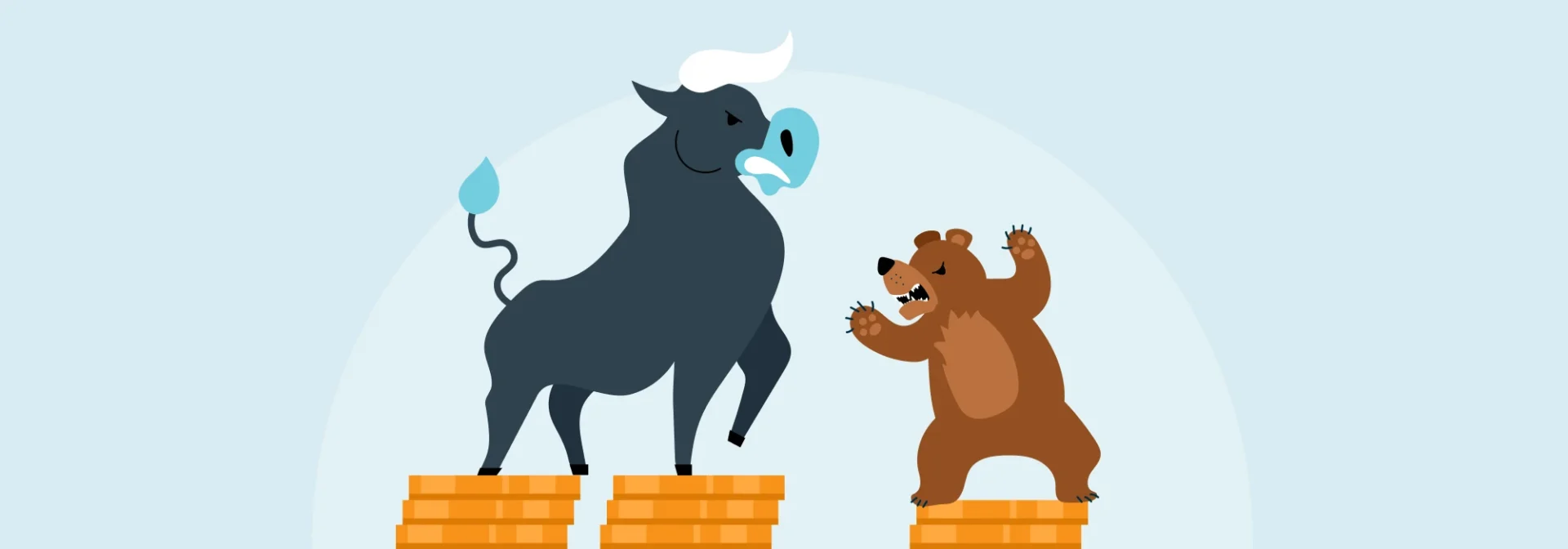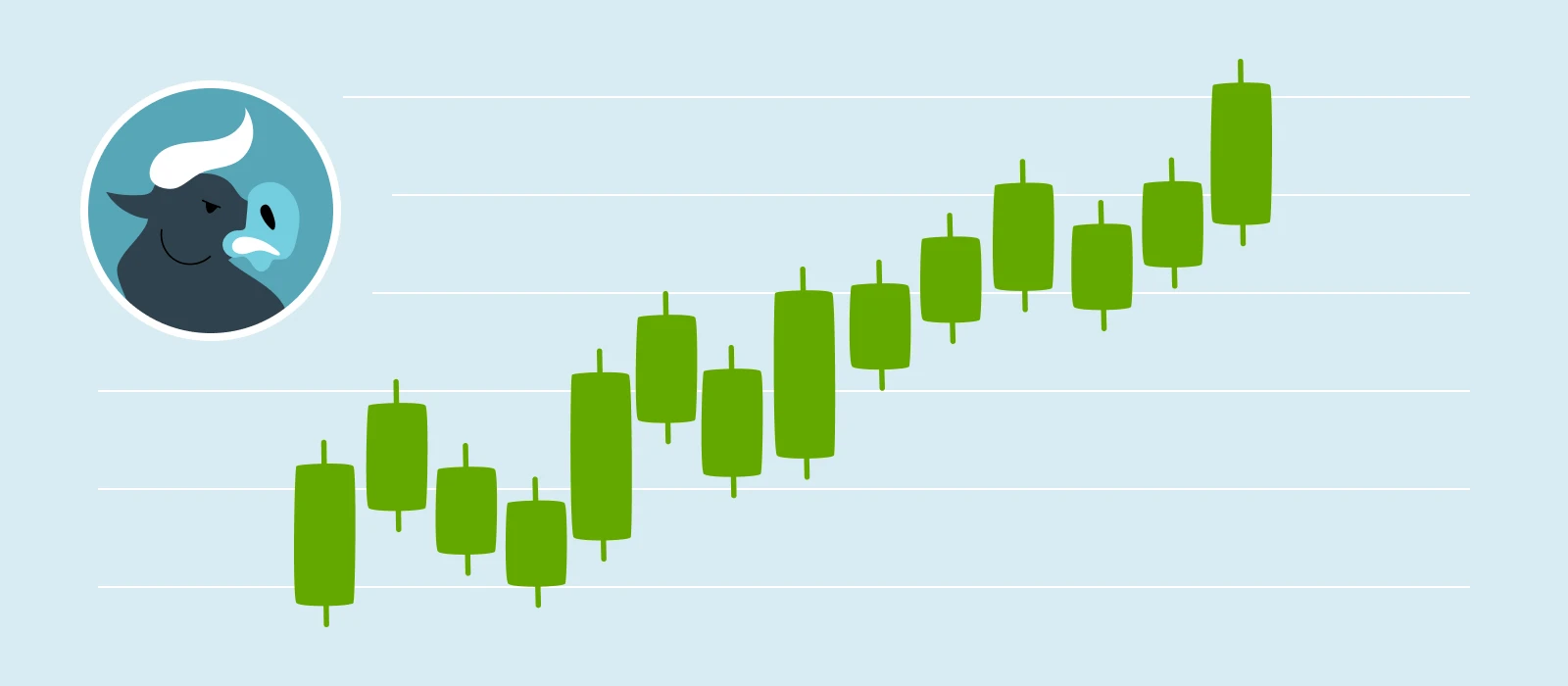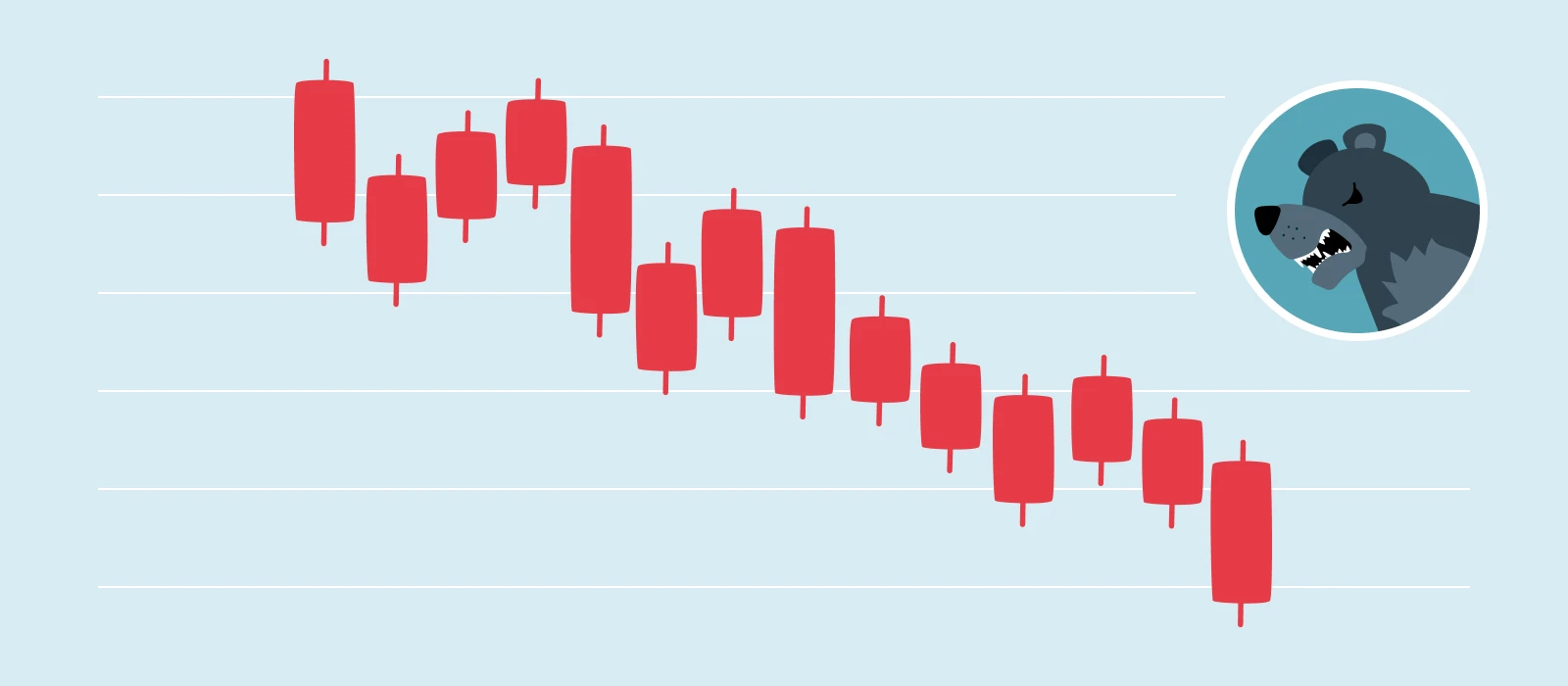What is a bull or bear market?

Simply put, a bull market and a bear market are two terms commonly used in the financial world to describe the general trend of any asset market i.e. the stock market, cryptocurrency market, real estate, etc.
What is a bull market?
In a bull market, the market’s overall direction is upward, signifying rising market prices and high investor confidence. This trend is often driven by positive news about the economy or individual companies, prompting investors to buy more shares and resulting in a positive feedback loop. As stock prices rise, those who have invested during this phase experience gains. In such a market, investors are more optimistic or “bullish”, making them more likely to take risks and invest their money. A bull market is characterized by high investor confidence, strong economic growth, low unemployment rates, and increasing corporate profits.

What is a bear market?
Conversely, a bear market indicates a downward market trend, with stock prices falling and a pessimistic or “bearish” investor outlook. This trend is usually driven by negative economic news about the economy or company-specific developments, leading investors to sell their shares or other investments. As stock prices drop, those who have invested during this phase may experience losses. In a bear market, investors tend to be more cautious and risk-averse, and they often sell off their investments to prevent further losses. This can lead to a further decline in the market, as more investors sell their stocks. A bear market is often associated with economic recession, high unemployment rates, and declining corporate profits.

Factors signaling the end of bull and bear markets
A market that is currently in a bull phase can quickly turn into a bear market, and vice versa.
In a bull market, the end may be signaled by a number of factors, such as a sharp increase in interest rates or shift in economic policy. As interest rates rise, borrowing costs increase and businesses may see a decrease in consumer demand, ultimately leading to a decrease in stock prices. Additionally, if economic policies shift towards more regulation or higher taxes, it can lead to a decrease in investor confidence and a decrease in stock prices.
In contrast, a bear market might end due to factors such as decreasing interest rates or more positive economic policies, which can spur an increase in stock prices. Predicting the end of a bull or bear market is challenging and can be influenced by a myriad of factors, including unprecedented situations like the COVID-19 pandemic.
Sources
Kramer, L. (2022) “An Overview of Bull and Bear Markets,” Investopedia [Preprint]. Available at: https://www.investopedia.com/insights/digging-deeper-bull-and-bear-markets/ , last accessed 06.09.2023.
What Is Investing? How Can You Start Investing? (2022). Available at: https://www.forbes.com/advisor/investing/what-is-investing/, last accessed 06.09.2023.
Disclaimer
The content of this article is for informational purposes only and does not constitute financial, investment, and/or trading advice. We strongly recommend that you conduct the necessary research before making an investment, and/or trading decision. Please note that past performance does not guarantee future results.
Liability of the Börse Stuttgart Group and its subsidiaries for the article is excluded.